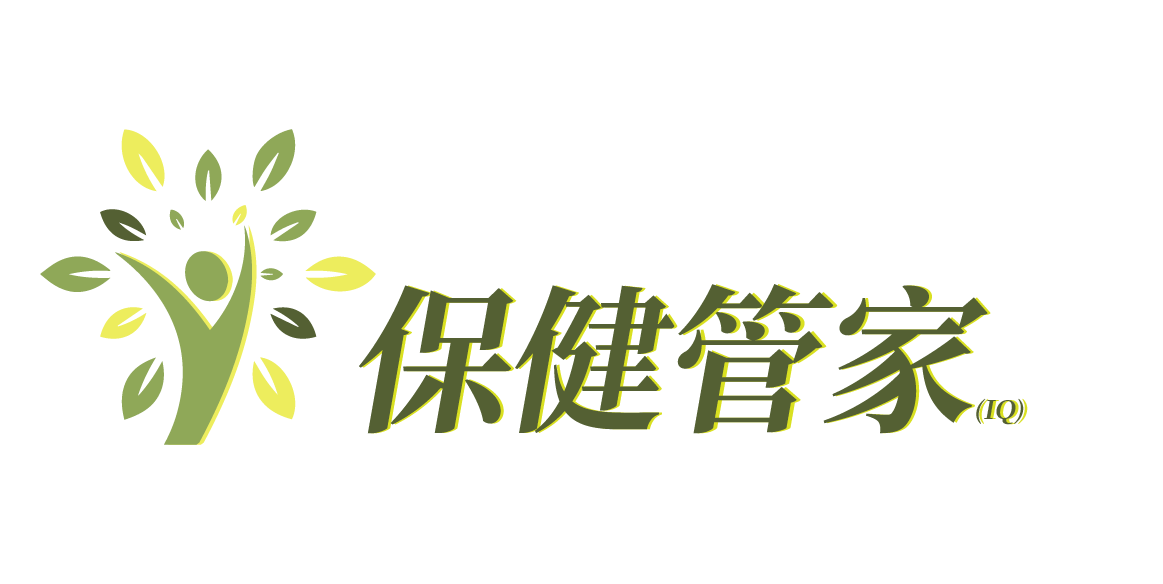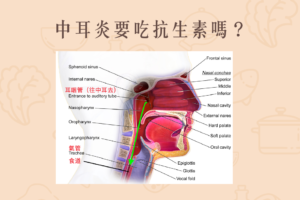
1) Belongia, E.A., Kieke, B.A., Donahue, J.G., Greenlee, R.T., Balish, A., Foust, A., Lindstrom, S., and Shay, D.K. (2009, Jan). Effectiveness of inactivated influenza vaccines varied substantially with antigenic match from the 2004-2005 season to the 2006-2007 season. J Infect Dis, 199(2): 159-67.
2) McLean, H.Q., Thompson, M.G., Sundaram, M.E., Kieke, B.A., Murthy, K., Piedra, P.A.,Zimmerman, R.K., Belongia, E.A., et al. (2015, May). Influenza vaccine effectiveness in the United States during 2012-2013: Variable protection by age and virus type. J Infect Dis, 211(10): 1529-40.
3) Zimmerman, R.K., Nowalk, M.P., Chung, J., Jackson, M.L., Jackson, L.A., Petrie, JG., Flannery, B., et al. (2016, Dec). 2014-2015 Influenza vaccine effectiveness in the United States by Vaccine Type. Clin Infect Dis, 63(12): 1564-73.
4) Lenzer, J. (2015). Center for Disease Control and Prevention: Protecting the private good? BMJ, 350: h2362-90.
5) McLean, H., Thompson, M., Sundaram, M., Meece, J., McClure, D., Freidrich, T., and Belongia, E. (2014, Nov). Impact of repeated vaccination on vaccine effectiveness against influenza A (H3N2) and B during 8 seasons. Clin Infect Dis, 59(10): 1375-85.
6) Classen, B. (2014). Review of vaccine induced immune overload and resulting epidemic of type 1 diabetes and metabolic syndrome, emphasis on explaining the recent accelerations in the risk of prediabetes and other immune mediated diseases. Mol Genet Med, 2014, S1: 025.
7) Joshi, A.Y., Iyer, V.N., Hartz, M.F., Patel, A.M., and Li, J.T. (2012, March-Apr). Effectiveness of trivalent inactivated influenza vaccine in influenza-related hospitalization in children: A case-control study. Allergy Asthma Proc, 33(2): e23-7.
8) King, J.C. Jr., Treanor, J., Fast P.E., Wolff, M., Yan, L., Iacuzio, D, Belshe, R.B., et al. (2000, Feb). Comparison of the safety, vaccine virus shedding, and immunogenicity of influenza virus vaccine, trivalent, types A and B, live cold-adapted, administered to human immunodeficiency virus (HIV)-infected and non-HIV-infected adults. J Infect Dis, 181(2): 725-8.
9) Payne, D.C., Edwards, K.M., Bowen, M.D., Keckley, E., Peters, J., Esona, M.D, Gentsch, J.R. et al. (2010, Feb). Sibling transmission of vaccine-derived rotavirus (Rota Teq) associated with rotavirus gastroenteritis. Pediatrics, 125(2): e438-41.
10) Rubin, L.G., Levin, M.J., Ljungman, P., Davies, E.G., Avery, R., Tomblyn, M., et al. Infectious Disease Society of America. (2014, Feb). 2013 IDSA clinical practice guideline for vaccination of the immunocompromised host. Clin Infect Dis, 58(3): 309-18.
11) Hanley, K. (2011, Dec). The double-edged sword: How evolution can make or break a live-attenuated virus vaccine. Evolution, 4(4): 635-43.





